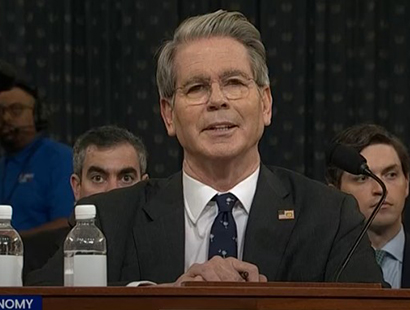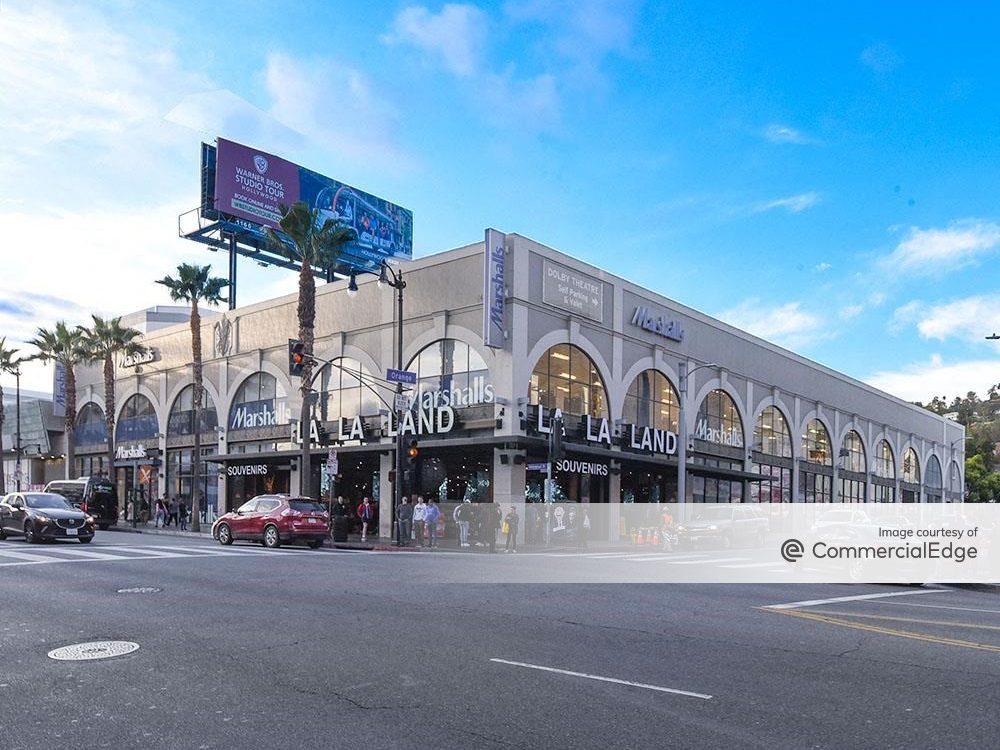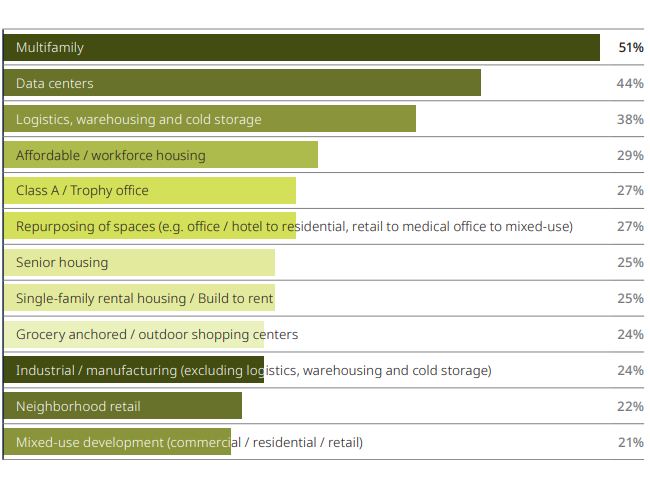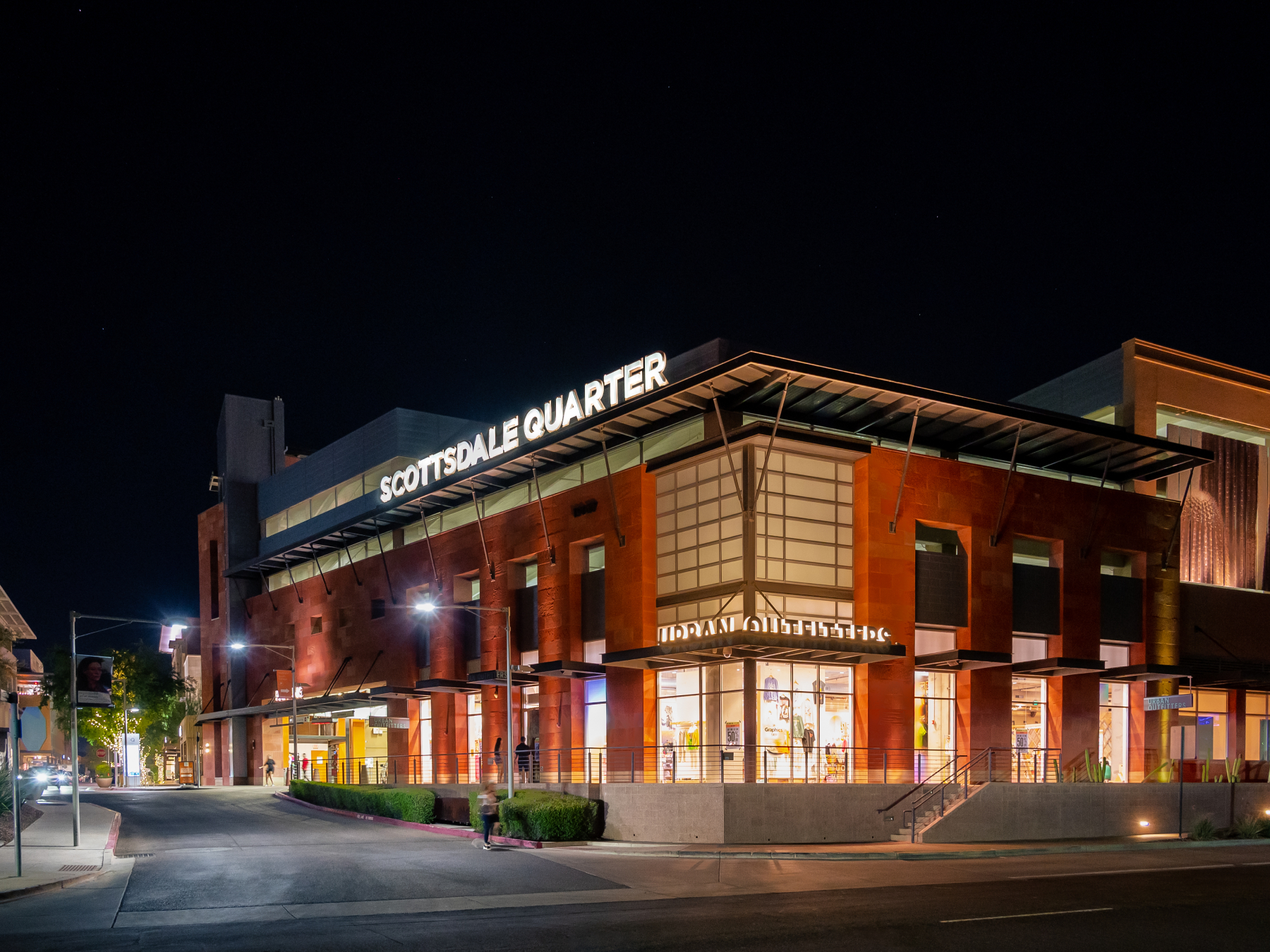Motivated Sellers, Buyers Buoy NYC Market Activity
Multifamily and net lease investors keep the market humming, observes Britt Raymond of SRS Real Estate Partners.
As real estate professionals, we are all aware that transaction volume is down because of the historic and rapid interest rate increases.
The good news is that we can learn a great deal during a downturn by understanding who is buying in this market, where capital is coming from, and why investors are acquiring in a time of rampant negative leverage. It is imperative to understand these trends so that we can adjust strategies accordingly and still succeed, regardless of macroeconomic influences on our sector.
New York is the center of the financial world. As a Manhattan-based net lease broker, it is interesting to see how the largest real estate market in the nation performs in a dynamic period. The sale of multifamily assets in the five boroughs has historically fueled the net lease sector through 1031 exchanges. However, what happens to the net lease space when transaction volume for multifamily in New York City is down by over 40 percent? We need to let the data tell the story.
The first step is to understand who is selling and why. Michael Fusco with Marcus & Millichap’s New York Multifamily Group in Manhattan describes the situation like this: “There are really two types of sellers we’ve identified in this heavily regulated New York City multifamily environment. The most common underlying factor behind sales today is debt. Almost 60 percent more debt has come due this year than last. Owners are either forced to sell to salvage equity or pay down their existing loan and continue to operate. On the other end of the spectrum, there are generational families that self-manage their portfolios who are tired of the constant barrage of new legislation and local laws proposed throughout the city. These owners, with little to no debt, are deciding to take their ‘chips off the table’ and transition into other asset classes like triple net leased properties.”
This trend of “forced sellers” continues in the net lease space. Transaction volume for middle market net lease assets in the tri-state is also down over 40 percent: $1 billion in 2023 vs. $1.7 billion in 2022. What we see is that most of these active sellers are selling because it is their business model. They are either merchant developers who need to transact to release equity for the next project or professional owners who are removing risk from their portfolio.
Market Fundamentals
Next, we should assess the dynamics between supply and demand. Both multifamily and net lease have a much higher supply of on-market inventory than the current buyer demand. The absorption of multifamily inventory is hovering around 25 percent. The tri-state net lease sector is moving a little under 50 percent of the available listings. This means that investors are motivated to buy quality net lease assets outside of 1031 exchanges from other core product types.
When we start to look at who is buying today, SRS Real Estate Partners Senior Vice President Kyle Fant’s recent transaction experience underscores what is happening. SRS recently closed on $75 million of net lease parcels, in a dense New Jersey market 25 minutes outside of New York City, that was all new construction, credit, class A retail. Seventy percent of those assets sold to buyers based in the New York City metro area while the balance went to buyers from California. This has been a consistent trend across all northeast inventory. A strong majority of the buyers are based in the Northeast, with a concentration in the NYC MSA. “New York City investors like to be within proximity to ‘kick the bricks’ and prefer to invest in what they know,” Fant notes. “We also see that some out-of-state capital values the denser northeast markets. Specifically, capital from states with similar income tax levels and demographics.”
Ultimately, there are still motivated sellers in this market. Our dollar values are down but solid real estate fundamentals and conservative investments continue to be in demand for buyers. Intelligent investors are making moves to reduce risk by selling, and they are preserving their wealth by acquiring conservative opportunities. Ultimately, the fundamentals apparent in the Northeast will ensure it remains a top location for those investors.
Britt Raymond, managing director & market leader, NY Capital Markets, SRS Real Estate Partners.








You must be logged in to post a comment.